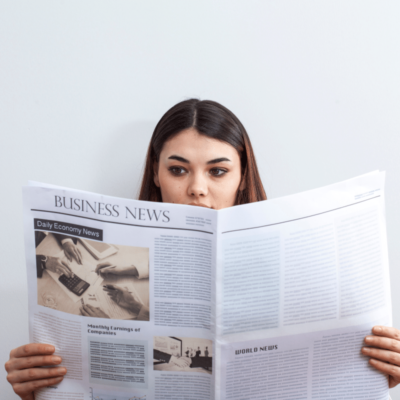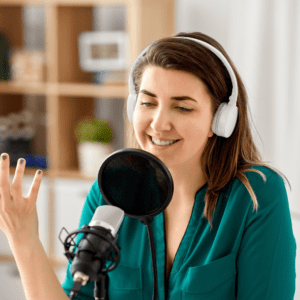Welcome to our latest in a series of blog posts that we really should re-title: “What the **** is happening with Facebook this time?”
You’ve probably heard (but you might still be scratching your head about it) – as of yesterday (February 18), Facebook has banned the sharing and viewing of news articles on its newsfeed in Australia.
Woah. But why?
This has actually been a few months in the making. Last year, the Federal Government ordered the Australian Competition and Consumer Commission (ACCC) to draft a code of conduct that would see Facebook and Google forced to pay Australian news media organisations for hosting their content.
The code was going to require platforms like Google and Facebook to negotiate payment agreements with Australian news companies. The Australian Government sees this as levelling the playing field between our local media and the tech giants. Facebook, however, accused the ACCC of ignoring the role that social media plays in promoting and generating revenue for Australian journalism and news media organisations.
Facebook then issued a threat, stating that if the code became law, Facebook would “reluctantly stop allowing publishers and people in Australia from sharing local and international news on Facebook and Instagram.” (Google has also been getting in on the conversation, publishing an open letter to its users).
It’s basically been playing out a little something like this:
So, what happened this week?
While the law has not actually passed through the Senate yet, in a full-on power move from Facebook, it went ahead and restricted the publishing of content from news organisations on Thursday morning. Users logging on to the pages of news media outlets in Australia were met with blank Facebook pages. Posts gone, cover photos missing, the works.
Australian Facebook users can no longer share or view content from Australian or international news organisations. At this point, Australian news organisations can longer publish content to Facebook. International news organisations can operate as normal, but their content won’t be visible to Australian Facebook audiences.
Users have reported seeing error messages when trying to share news content on their personal pages, as well as announcements from Facebook.
Amidst all the chaos, some non-news organisations, like the Bureau of Meteorology and whole host of arts, health, emergency, and government organisations had their Facebook pages wiped, although these were later restored. The restrictions also mean that people will no longer be able to view live news updates, like livestreams of Coronavirus press conferences on Facebook. It’s all pretty drastic.
What about Instagram and other social platforms?
At this stage, although it is owned by Facebook, the restrictions don’t affect Instagram. (Which we can only assume is because you can’t readily share and click on article-style content on Instagram). The restrictions also don’t apply to other social media platforms like Twitter and Reddit.
What now?
The government is still in talks with Facebook in Australia, so the way the restrictions look now might not be their final form. We’ll have to wait and see how it’s all going to work in the long term. But it’s speculated that this could have some pretty far-reaching consequences. It will obviously affect the way Australians access news, and could even affect the quality of the information we see on Facebook, creating a gap for unregulated publishers to step in and spread misinformation. Again, we’ll have to wait for the dust to settle to understand the full impact.
What does it mean for marketers?
Ahhh, our favourite topic of conversation!
If you’re a digital marketer who works for a news organisation, then, ummm, it’s probably been a pretty rough week for you. We’re sending you virtual hugs.
There is some speculation that the lack of news content could leave a gap in the newsfeed, which could potentially be filled by content from brand pages. So, if you have any super engaging, long-form content from your brand, we think this is a great chance to push it out there on Facebook and see if you can get more engagement than usual from your Australian audience!
On the other hand, if curating content, including news articles was a big part of your strategy, it’s certainly going to throw a spanner in the works for you. Other impacts could be users spending less time on Facebook as they head directly to news sites to seek out their news, meaning less eyeballs on the newsfeed and your brand’s content.
Again, (we’re getting tired of saying it!), we just have to wait and see how it all plays out. But as we said when we broke down the Facebook VS Apple debacle for you, we recommend diversifying your digital strategy. While these restrictions aren’t directly targeting marketers, it’s been a rollercoaster of a time in Facebook-land lately. If you’ve been heavily Facebook focused, look at how you could use Pinterest, TikTok and Snapchat, and in particular other ‘owned’ elements of your digital strategy, like your email list and website.
Ooft. Time to take a deep breath and see how it all unfolds.
Need help diversify your marketing strategy? We specialise in omni-channel strategies to help Australian businesses grow. Get in touch today to find out how we can work together.











